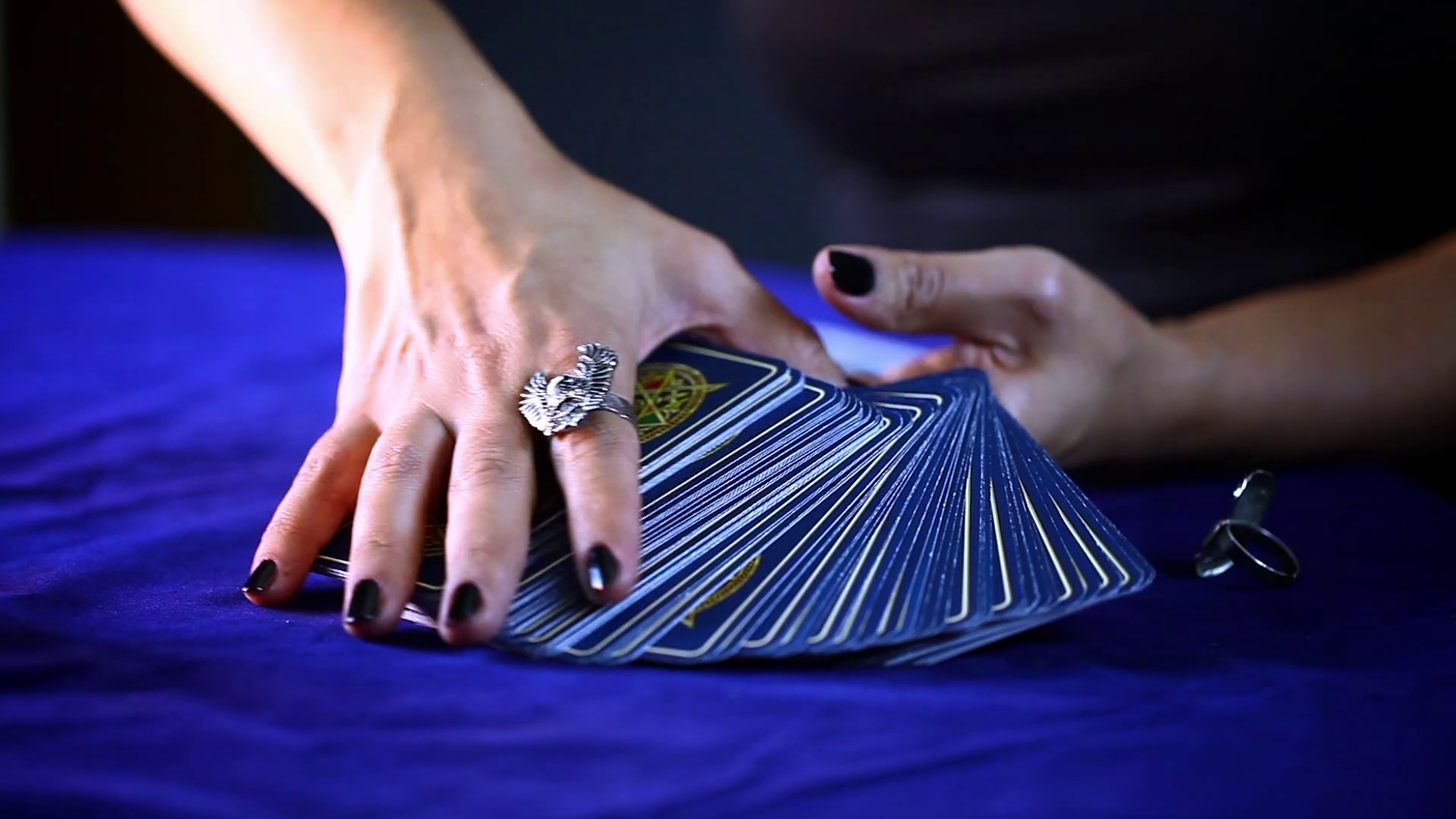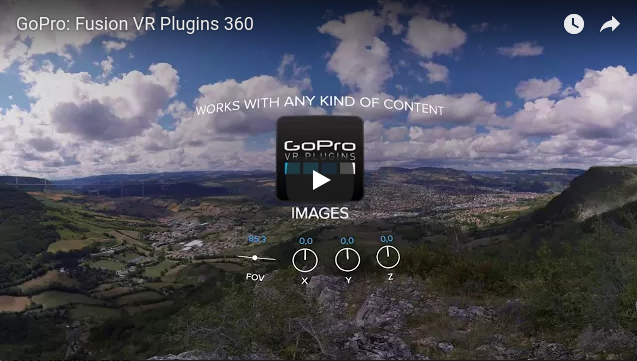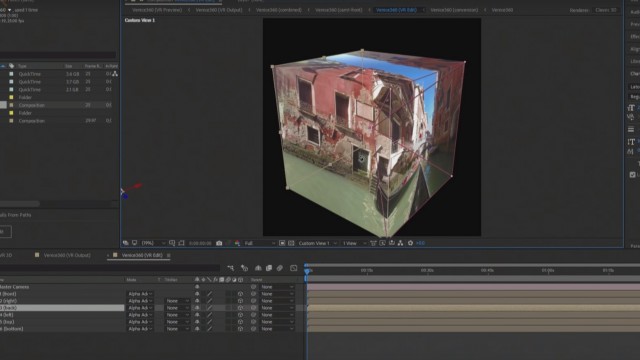Cover image via
In this easy-to-follow video tutorial, we take a look at how to manually stitch dual-lens 360° footage in Adobe After Effects.
- In fact, a UCLA Keck Center for Neurophysics study showed negative side effects of VR among lab rats, including “cybersickness” and abnormal patterns of activity in rat brains. Scientists also noted that 60 percent of the rats’ neurons simply shut down in virtual reality environments.
- Construct VR environments in After Effects; Apply immersive video effects; Compositing tools for VR/360 videos; Tracking 3D camera movement; Work in 3D Design Space; Preview changes to 3D designs real time with the Real-Time Engine; Add responsive design to your graphics.

If you own a consumer-level 360° camera (which usually have two fish-eye lenses), you may have realized your options for manually stitching the footage are quite limited. Most consumer 360° cameras include some form of basic stitching software that will automatically stitch your footage. However, the results are often less than desirable and almost always have noticeable seamlines. (And in some cases, the stand-alone software can actually degrade your 360° footage even more.)
It is disorienting, sometimes it effects vision, making it seem as if you are in VR. Sometimes it effects your hands. I had it the worst late at night or when waking from sleep, like a fever dream. At times it could be scary, others very cool. Whatever the case it goes away after a week or two.
In this tutorial, we’ll look at how we can manually stitch dual-lens 360° footage entirely in Adobe After Effects with the new Immersive Video tools. This can benefit people who don’t own an expensive stitching program but do have After Effects. With this method, users can now stitch their own footage, which often yields much better results than the basic stitching software that comes with consumer-level 360° cameras.
Ready? Let’s dive into the tutorial. (Make sure you download the free unstitched 360° footage clips to follow along!)
Download the FREE Unstitched 360 Video Footage
How This 360° Stitching Method Works
As mentioned earlier, this method is ideal for any 360° camera that has two fish-eye lenses and allows you to access the unstitched footage from the camera. (Some cameras will save each view as their own file. Others, like the Samsung Gear 360, will save both views into one file. Either way is fine.)
The first step is to separate each fish-eye view into their own composition. We’ll then add both views into a new “output” composition that has a 2:1 aspect ratio. A 2:1 aspect ratio is ideal for the stitched equirectangular 360° footage. (Resolution size of your output composition will depend on the original size of your footage, but the aspect ratio should be 2:1.)
Next, we will use the Immersive Video effect VR Converter on each of our fish-eye views, changing their output to equirectangular. (This will convert each view so that it covers up 180° of the equirectangular composition.) From there we can add masks and adjust the VR Converter FOV (field of view) to blend/stitch both views together. You can continue to make refinements using the VR Comp Editor, which can be used to remove seamlines.

Keys to Remember During Stitching
- Turn on GPU Acceleration in the After Effects Project Settings, which is required for the Immersive Video effects.
- Each shot composition needs to be 1:1 aspect ratio. (Each shot composition will be perfectly square.)
- The output composition needs to be 2:1 aspect ratio, which is ideal for the equirectangular 360° format.
- Adjust the FOV of VR Converter to make both shot compositions overlap. Feather one of them with a mask so they will blend together.
- Use the VR Comp Editor after you have stitched your footage to paint out seamlines.
- Render your equirectangular 360° output from After Effects. After that, you can compress that file to H.264 format in Adobe Media Encoder. (Make sure you check “Video is VR” before exporting from Adobe Media Encoder.)
Looking for more After Effects tutorials? Check these out.

Software tools to enhance your workflow and creativity in After Effects and Premiere Pro.
FreeForm Pro. Pro-level Mesh warp for After Effects.
Stereoscopic Vr After Effects
Mantra V2: Step into AR content creation in After Effects and Premiere Pro.
From the first encounter with Mettle products, it was clear to me that the creators of this software have been thinking about utilizing it primarily from a creative side, and I think that you have succeeded in making your software the most intuitive on the market at the moment. That is for us, artists, of vital importance in the process of creation.”
–Dejan Radovanovic, Director, Studio UMMAGUMMA
“Mettle has my favorite plugins… it has allowed me to create so many different kinds of looks. It has added a huge amount of creativity to my work flow.”
– Johnathan Singer, Live Visual Artist
“LAS FAFINETTE STAR” By Fafi > Adobe Immersive Tools (formerly SkyBox)

“FLUX feels like science fiction after so many years wishing that I could have a tool like this. … I finally get to play with fractal flames, I get to render them in stereo 360º, I can use match moved cameras, and I can actually interactively tweak the parameters. Every time I use Flux I still have to pinch myself that it is real – that it is actually doing what it does. “
– Andy Cochrane, Immersive Content Creator

Vr Glow After Effects
Adobe and Mettle: 360 degrees better.
Adobe acquires Mettle SkyBox. In the Press.
Vr Rotate Black Lines After Effects
Mettle Collaborates with Facebook on Depth-based Software.
Included in the SkyBox acquisition. Read More.
